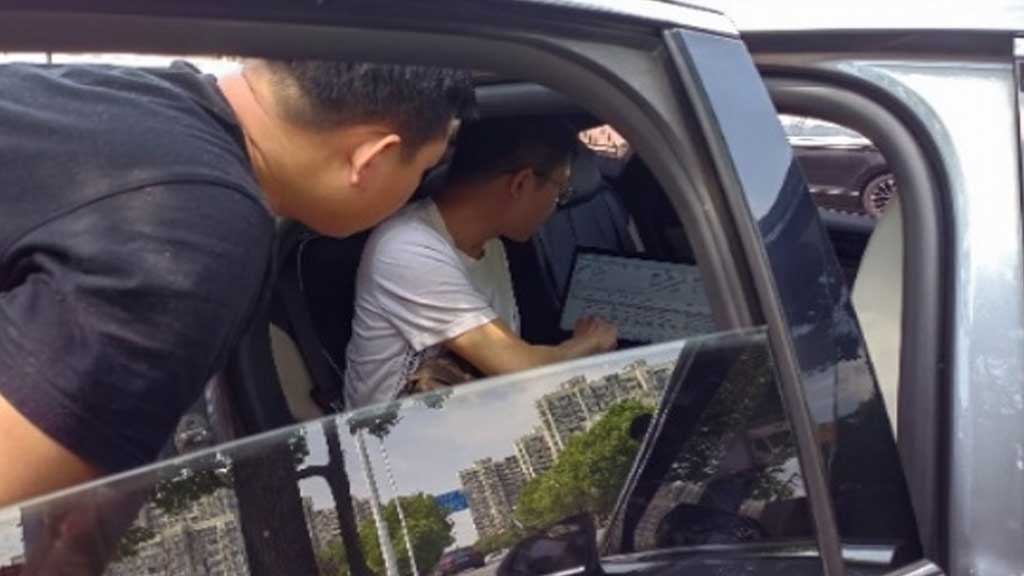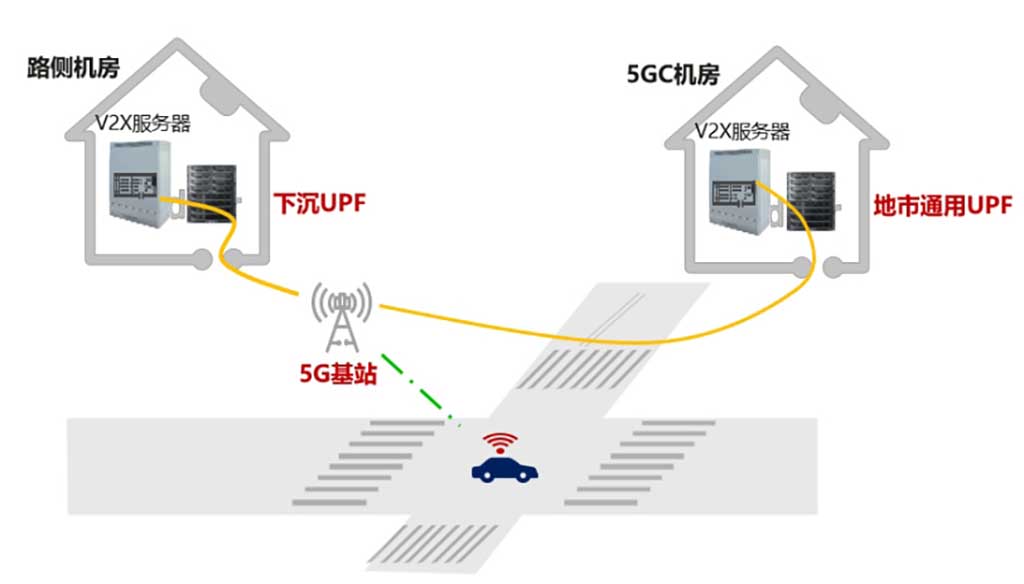Huawei
Huawei completes 5G Internet of Vehicle (IoV) technology verification

Recently, China Mobile Research Institute, Huawei, and Chinese mobile operators collaboratively completed the Internet of Vehicle (IoV) using a 5G commercial network in China.
According to the test information, the average end-to-end communication delay is less than 17ms. The results are in line with expectations, marking the possibility of 5G commercial networks carrying Internet of Vehicle Services.
Huawei attaches great importance to the development of the 5G Internet of Vehicle. This time, 23 high-priority scenarios (12 assisted driving scenarios and 11 autonomous driving scenarios) were selected for testing and verification.
The test results show that with the common UPF architecture in prefectures and cities, the average end-to-end communication delay of the air interface is less than 20ms. On the other hand, the innovative UPF sinking architecture achieved the average end-to-end communication delay of the air interface is less than 17ms.

The test results have effectively verified the ability of the 5G network to support typical services of the Internet of Vehicles, marking the feasibility of innovative technical solutions for 5G commercial networks to carry Internet of Vehicles services, and providing detailed data support for the commercial use of 5G Internet of Vehicles.
5G networks have ultra-large bandwidth, ultra-low latency, and ultra-large-scale connection capabilities, which can empower typical application scenarios of intelligent networked vehicles such as autonomous driving, precise positioning, and high-precision navigation.
Through the 5G network to carry the Internet of Vehicles business, it can provide Internet of Vehicles users with green wave speed guidance, speed limit warnings, road information reminders, and other Internet of Vehicles application services in the whole city, opening a new era of coordinated development of vehicles and roads.






